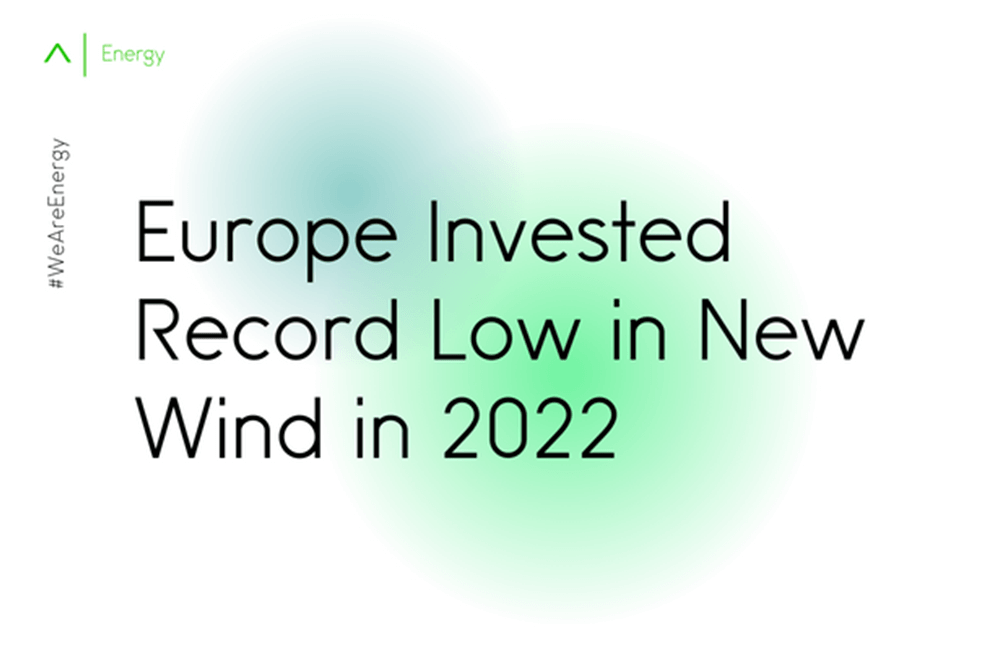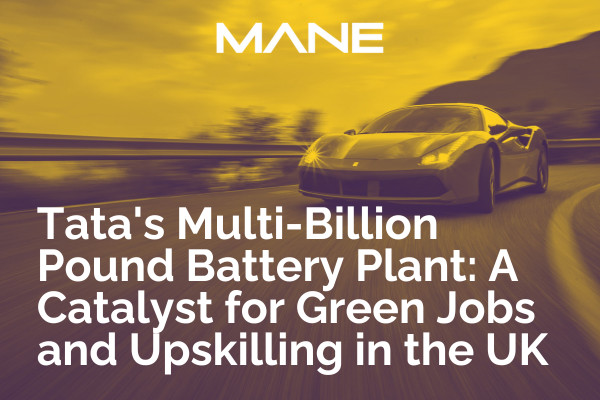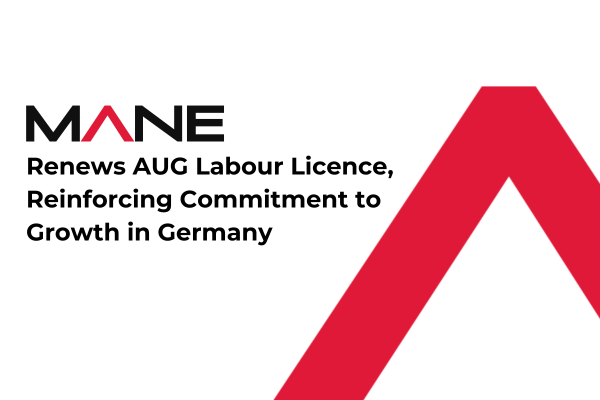Europe Invested Record Low in New Wind in 2022
18 Apr, 202310 minsRecent reports have revealed that Europe invested just €17billion in new wind farms for...

Recent reports have revealed that Europe invested just €17billion in new wind farms for the whole of 2022. This is down a staggering €41billion in 2021, and a record low sum since 2009. The figures act as a warning to governments and policymakers, as recent market interventions and other hurdles continue to deter investors. But if the EU is to carry out plans to boost build-out of wind energy, it desperately needs to restore confidence for investors, and avoid the risk of a drop in new wind farms, as opposed to the planned increases.
The figures were announced in the annual Financing and Investment Trends report, published by WindEurope. The report shows that Germany invested in more wind farms in 2022, closely followed by Finland and Poland.
The €17billion funded a total of 12 wind farms, 10 of which were in the EU- and these will be built over the next years but are not to be confused with annual installations. WindEurope estimates that the EU is set to build on the average of 20 GW of new wind farms over the next five years, with 2022 seeing the EU install 16 GW in total.
The EU now needs to build 31 GW of new wind turbines every single year to reach 2030 targets, despite investments painting a different picture- with just 10 GW being invested in 2022. Additionally, turbine orders are falling, and in reality, the EU is struggling to meet targets, building only 50% of the new wind it needs.
2022 saw a record amount of wind energy capacity changing hands, with investments in projects reaching 22 GW, and more early stage projects being agreed. But no final investment decision (FID) for commercial scale offshore wind farms were made in 2022- they were almost all onshore, with the exception of two small floating offshore projects being financed by France, with a total capacity of 60 MW.
No commercial scale offshore wind farm projects reached FID in 2022; three were predicted to reach FID, but experienced delays in the decision and are now expected to reach FID in 2023. But the recent success of German developer EnBW with the 960 MW He Dreiht offshore wind farm in recent days has offered a much needed spark of hope, considering it was the first commercial offshore wind farm reaching FID in 15 months.
There are many reasons why the EU’s investments were so low in 2022. With the wind industry still reeling from higher costs and disruptions to the supply chain, raw materials have also been rising in price, and we’ve seen similar in international shipping too- made worse by the situation in Ukraine. Additionally, high inflation and soaring electricity prices have pushed the price of producing a wind turbine up by 40% just over the last two years.
Add to this the fact that emergency measures on electricity markets and interventions has generated an uncertain future for investors, with wind energy projects suffering the brunt of the fallout. Revenue caps and recovery measures have meant that banks will contribute only €3.7billion in non-recourse investments in Europe, less than 25% of the amount put forward in 2021- and the lowest since 2005.
The EU is struggling to remove blockades that still exist when it comes to expanding wind energy. Permitting remains too complex, and this only adds to investor reluctance. Higher interest levels also have a huge impact on wind energy projects, especially when it comes to big offshore wind projects which are likely to suffer changes in interest rates and financing risks.


